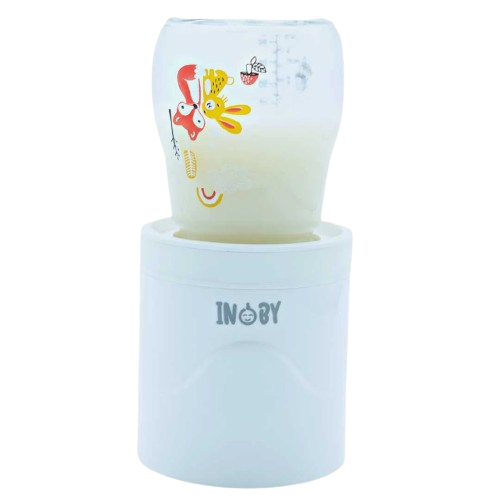Pumping and Storing Breast Milk: A Comprehensive Guide for Nursing Mothers
Pumping and storing breast milk can be a valuable tool for breastfeeding mothers. Whether you're returning to work, need to be away from your baby for a period of time, or simply want to build up a stash of milk for emergencies, understanding the ins and outs of pumping and storing breast milk is essential. In this comprehensive guide, we'll explore the benefits of pumping, provide step-by-step instructions for successful pumping sessions, offer tips for proper milk storage, and address common concerns that nursing mothers may have. By the end of this blog post, you'll feel confident and informed about the pumping and storing process, empowering you to continue providing breast milk for your baby even when you can't be physically present.
-
The Benefits of Pumping Breast Milk: Before diving into the practical aspects of pumping and storing breast milk, let's first explore the benefits of this practice. From maintaining milk supply and supporting breastfeeding goals to promoting flexibility and ensuring others can feed your baby, pumping breast milk offers a range of advantages for both mothers and babies. We'll discuss these benefits in detail and highlight the ways in which pumping can contribute to a successful breastfeeding journey.
-
Choosing the Right Breast Pump: Selecting the appropriate breast pump is crucial for comfortable and efficient pumping sessions. This section will provide an overview of the different types of breast pumps available, including manual, electric, and hospital-grade pumps. We'll discuss factors to consider when choosing a pump, such as frequency of use, portability, budget, and personal preferences. By understanding the options and features available, you'll be equipped to make an informed decision that suits your individual needs.
-
Getting Started with Pumping: Here, we'll guide you through the step-by-step process of pumping breast milk, from preparing yourself and your equipment to establishing a pumping routine. We'll cover topics such as finding a comfortable and private space, practicing proper hygiene, assembling and using the pump correctly, and maximizing milk production. Additionally, we'll provide tips for relaxation techniques and let-down stimulation to enhance your pumping experience.
-
Storing Expressed Breast Milk: Proper storage and handling of expressed breast milk are crucial to maintain its quality and safety. This section will discuss guidelines for storing breast milk at room temperature, in the refrigerator, and in the freezer, including recommended storage times and temperatures. We'll cover topics such as labeling and dating milk containers, choosing suitable storage containers, and techniques for thawing and warming frozen breast milk. By following these storage guidelines, you can ensure that your baby receives the best quality milk even when you're not directly breastfeeding.
-
Tips for Maintaining Milk Supply: Maintaining an adequate milk supply is a concern for many breastfeeding mothers who pump. In this section, we'll share tips and strategies to support and preserve your milk production while pumping. We'll discuss the importance of frequent and consistent pumping sessions, proper breast stimulation, adequate hydration and nutrition, and avoiding common pitfalls that can affect milk supply. By incorporating these tips into your pumping routine, you'll be able to sustain a healthy milk supply for your baby's needs.
-
Troubleshooting Common Pumping Issues: Even with careful planning, pumping challenges may arise. This section will address common concerns and issues that breastfeeding mothers may encounter while pumping, such as discomfort, low pump output, engorgement, and blocked ducts. We'll provide troubleshooting tips and suggestions to overcome these challenges, ensuring a smooth pumping experience.
Pumping and storing breast milk can provide nursing mothers with flexibility, convenience, and peace of mind. By understanding the benefits of pumping, selecting the right breast pump, following proper pumping and storage techniques, and addressing potential challenges, you can navigate the pumping journey with confidence.
Remember, every mother's experience is unique, so don't hesitate to seek support from lactation consultants, breastfeeding support groups, and other experienced moms. With the information and strategies shared in this blog post, you'll be well-equipped to incorporate pumping into your breastfeeding routine, helping to ensure that your baby receives the valuable benefits of breast milk even when you can't be physically present.



